S.O.S. 100year young “ko-minka” traditional house looking for adoption
I received this SOS from a friend living in Hofu City, Yamaguchi prefecture.
Her 300 m2 traditional house with a beautiful roof and the refined interior are going to be demolished to make space for a new condominium.😢
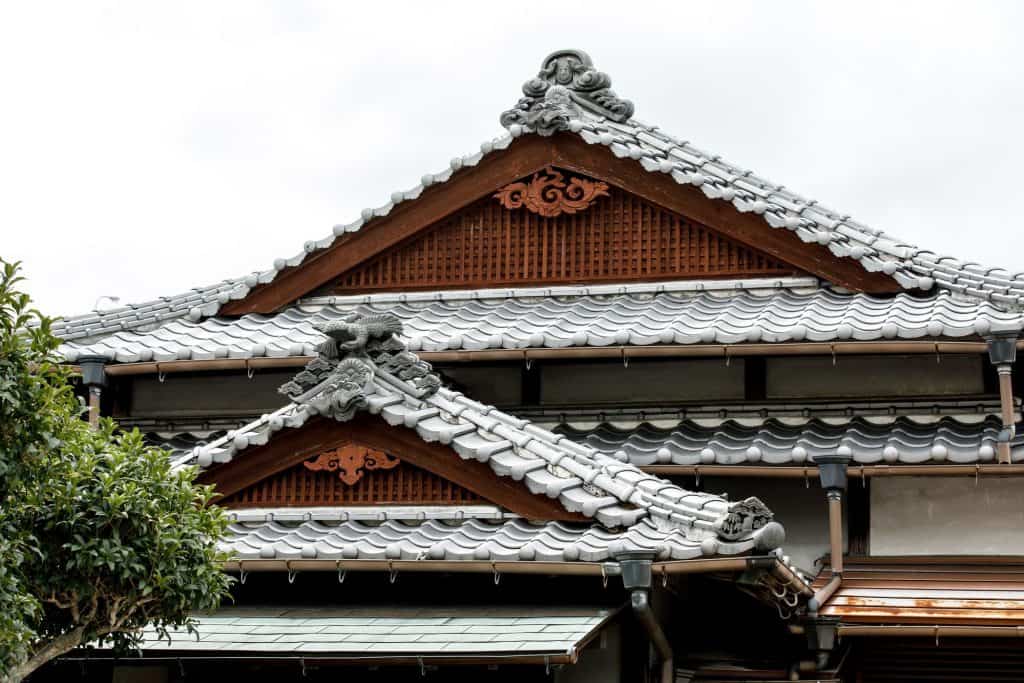
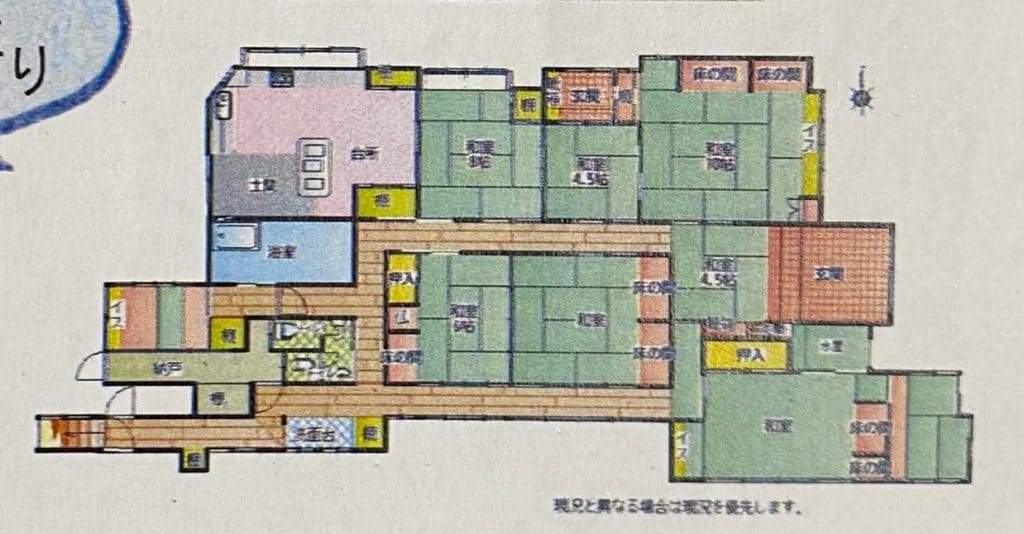
I still have to obtain details. but it seems like the site must be cleared by the beginning of March 2022 so the dismantling work should start at the beginning of February.
Time is very tight and just to obtain a quotation (for the dismantling work) I will need to invest time and money to go on-site with a carpenter to evaluate the costs.
Anyway, If some of the “japan lovers” within the Bartok design community show interest in this option, I will teleport myself on site asap.
Please let me know.
Judging from the pictures, roof tiles are really stunning and very well preserved same as the tatami rooms with all the high quality details such as “ajiro” ceiling, hand blown glass, yukimi shoji, tokonoma details etc.
The kitchen area is quite spartan and the stainless steel sink are of course not original.
In case of a reconstruction, it would be nice to implement a “kamado” type of kitchen!

and maybe an “irori” to sit around the fire and during tea or maybe “atsukan” sake!

The bathroom also does not look very comfortable and the materials do not belong to the original plant.
Perfect space for a new hinoki bathtub + plenty of room for every other amenity you could wish for fitness or wellbeing.
The cost of the building itself is zero (free) for the art lover willing to help preserve the memory of glorious japanese residential architecture.
The cost for dismantling would be somewhere around 60-70,000 USD (ballpark value) and 30-40,000 USD for shipping (depends where). Cost of rebuilding depends on local conditions and how local craftsmen can be supportive. Of course we can supply carpenters that can coordinate reconstruction and train local workers.
I can obtain quotes but it takes time so I decided to start with the announcement.
google map location PIN is here:
and 50 photos are here:
https://drive.google.com/drive/folders/1R_UH-lYbl3pLnFlL-jj7CKb_Ray1k7Os?usp=sharing
Please contact me asap if interested.
UPDATE 1/11:
Thank you everybody for your lovely emails!
I did receive a lot of feedback (23 emails) and kudos, out of which 3 people are making some practical considerations about this possibility.
Here are some replies to common questions:
1) There is no restriction to export the construction material of the house (artistic properties preservation etc.).
Actually, the toughest filing at the time of export is to prove that we are not sending industrial waste to some other country for landfill… but it is actually construction material (even if second hand…).
This gives you a hint of the consideration that is given to historical buildings in Japan…
2) It will be necessary to verify the building standards in the place of reconstruction because the building is timber frame and not fireproof.
3) The roof tiles are quite recent (maybe 30-40 years old) but are nicely hand made
4) I do not have a dimensioned drawing but you can scale the plan above considering that one tatami is roughly 6′ x 3′. Also as a reference, the present site (which does not have much of room for the garden) is about 43 x 21m. See below:
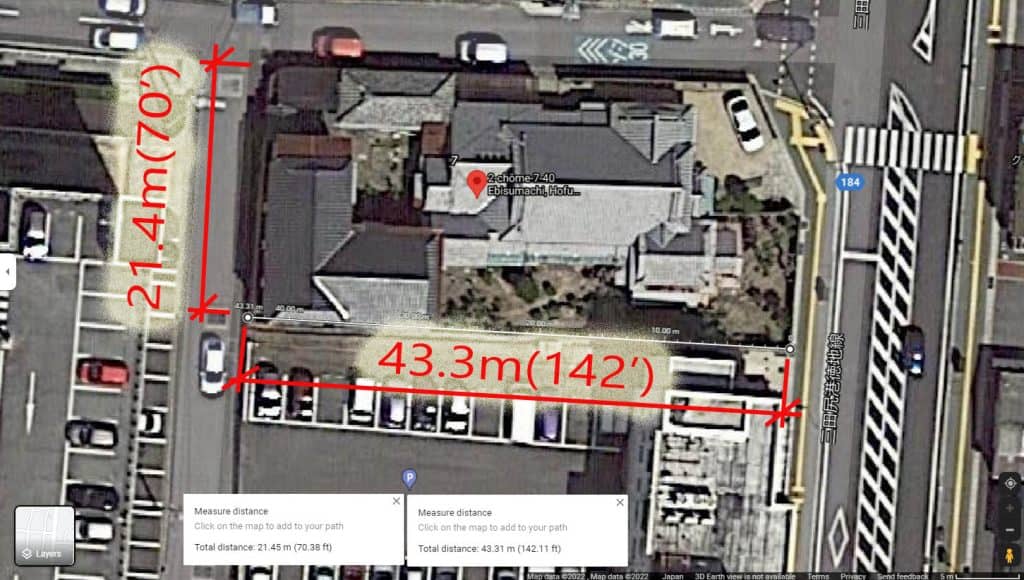
Update 1/25:
The story had an unexpected development.
A contractor from Fukuoka who had been in touch in the past with the owner, suddenly come back and offered to dismantle the house and rebuild it in Fukuoka prefecture.
This came out of the blue while a person from NZ that was introduced to me was considering it very seriously the project. My contact had experience with this type of project as already transferred minka from Gifu prefecture to Hawai years ago.
After all this effort and “crying wolf” and mobilizing people all over the world, I have to confess that this epilogue was quite irritating. And I know that Japanese companies tend to dump the roof tiles, ceiling materials, flooring, and tatami.
On the other hand, the schedule is really very tight and if my plan could not be deployed for some reason (financial, permits, timing etc.) the house would have been lost completely.
For this reason, re-thinking this story from a different angle, I think that the fact that the Hofu kominka is going to remain in existence is the most important point. How and where is kind of secondary.
Of course, it is ideal that those buildings stay in their environment (also considering in many cases they have beautiful retaining walls, gardens etc. that cannot be moved)
But if they have to be demolished or transferred, I think that moving them abroad – besides being a way to preserve and valorize them – would also have a greater impact on the public opinion and contribute to raising public awareness on the traditional buildings conservation issue.
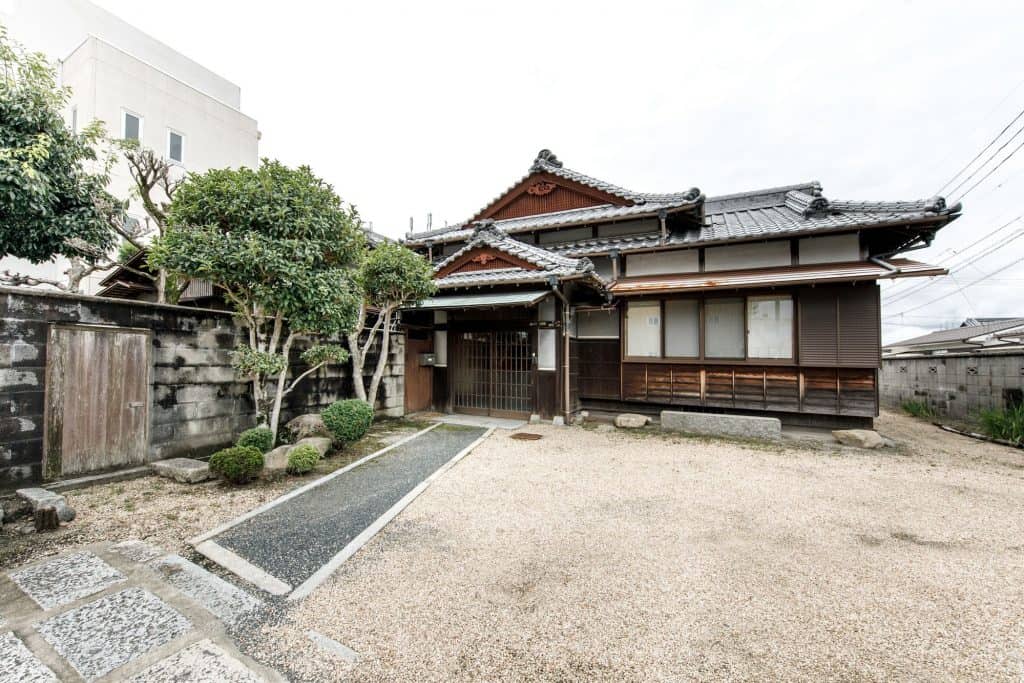
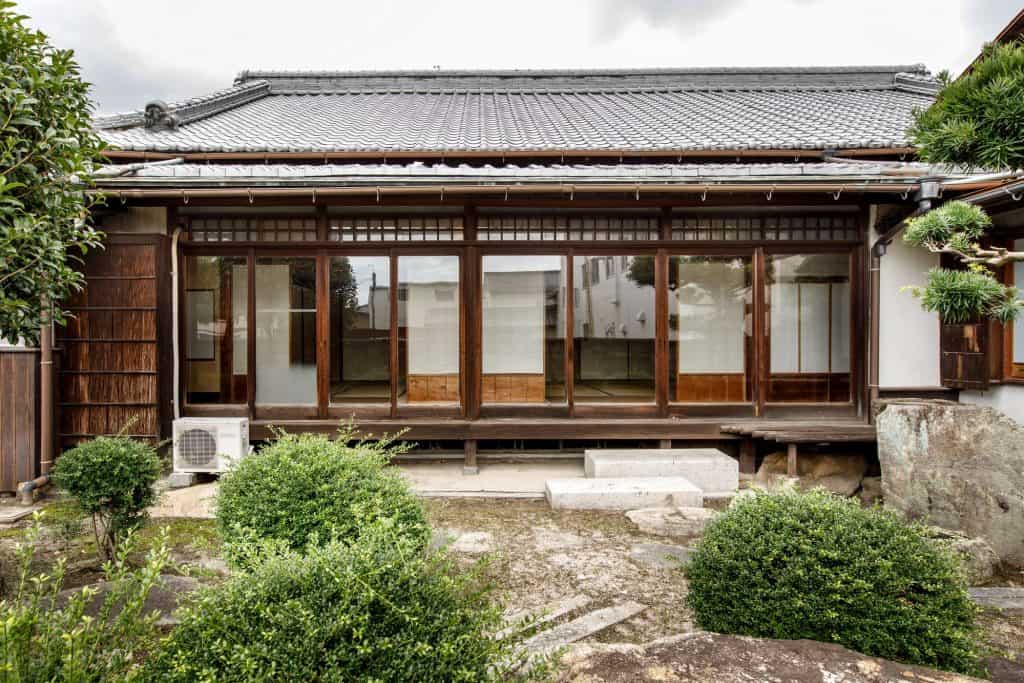

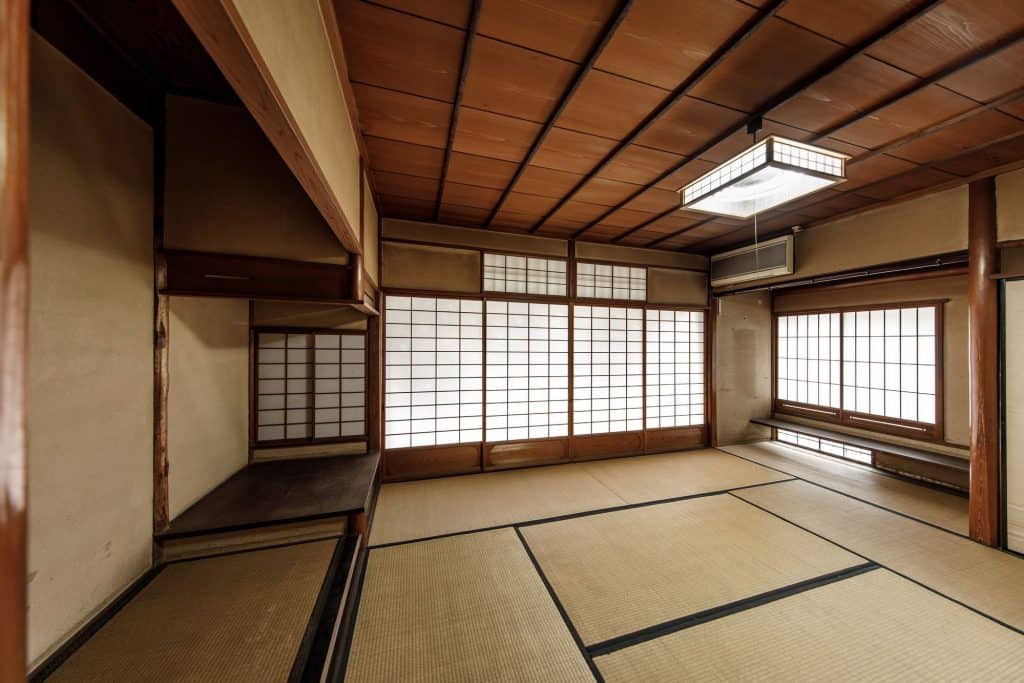
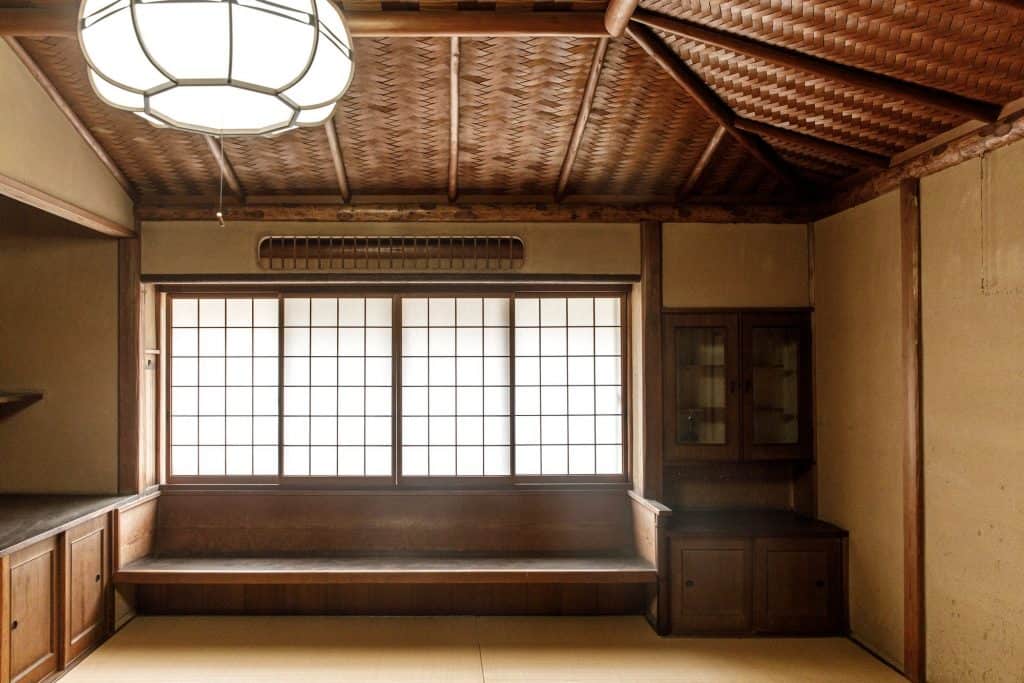
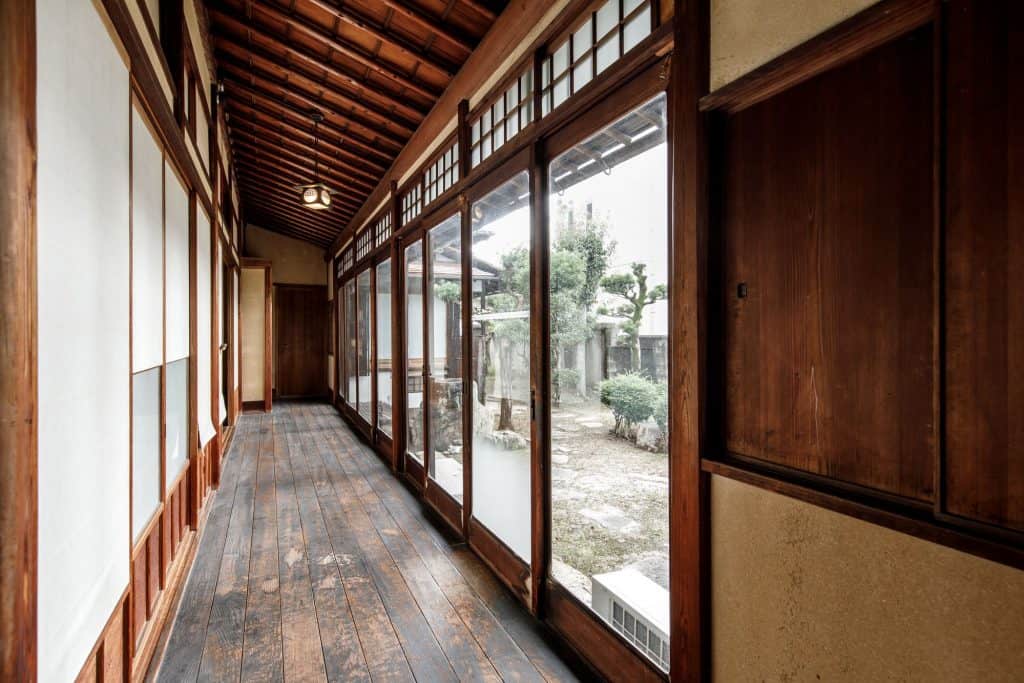

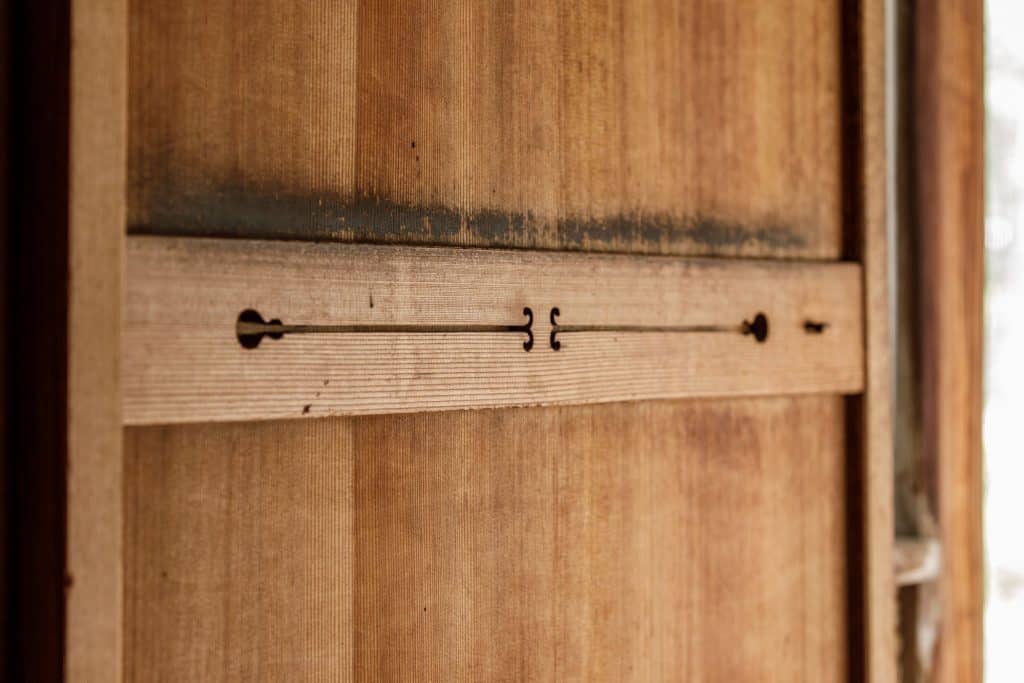
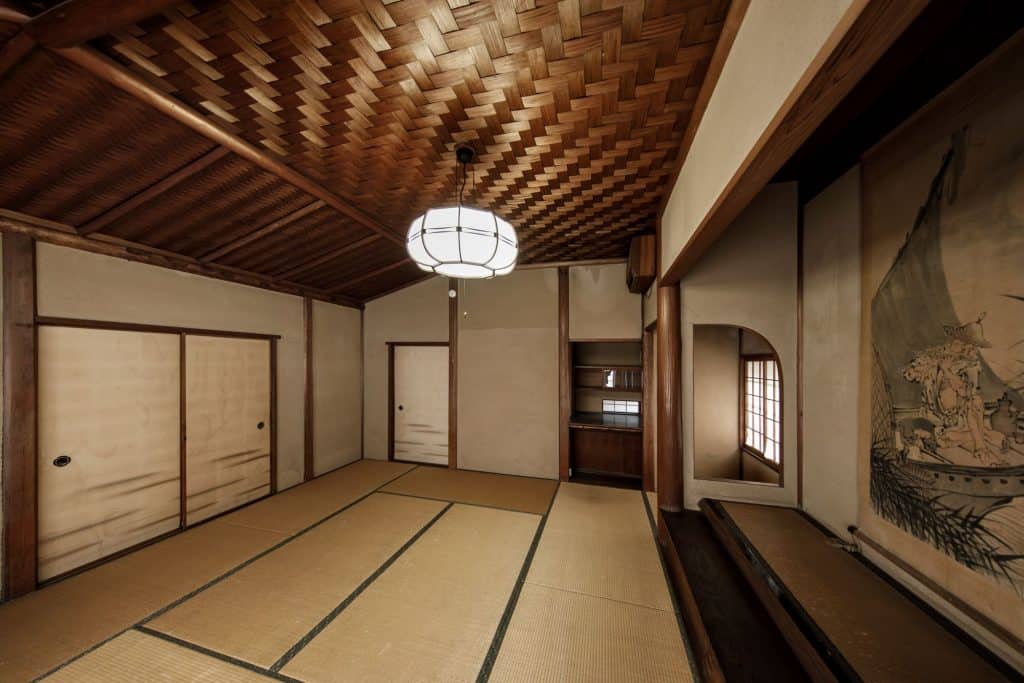

Joy ivarami
2022年1月10日 at 1:16 AMI love your idea !!!! God bless you .